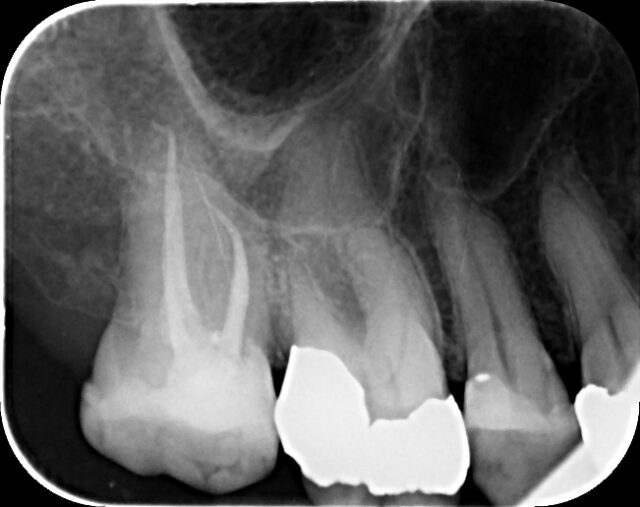What does a root canal involve?

Root canal treatment (RCT) also known as endodontics, involves the removal of the nerve and blood vessels inside a tooth. RCT is usually performed because a tooth has become infected (abscessed). The internal canal structure of the tooth is thoroughly cleaned, disinfected, medicated and ultimately sealed up.
While many people anticipate that RCT will be a painful procedure, in the vast majority of instances we are able to undertake this procedure with minimal or no discomfort.
The length of appointment time required for RCT will depend on the tooth being treated. It is common for a front tooth to be easier to treat than multi-rooted back teeth.
Should you require RCT, the dentist will spend a considerable amount of time with you explaining what steps will be undertaken and any potential complications. For some complex teeth it may be necessary for us to refer you to an endodontist (root canal specialist).
For more information and a clear diagram, see this Health Direct article about RCTs.
What is rubber dam?
Rubber dam is a square of flexible material, approximately 125x125mm that is placed over a single tooth or group of teeth to isolate it from the rest of the mouth.
The purpose of rubber dam is to prevent saliva or bacterial contamination of teeth that are being treated. It also prevents unwanted debris from being ingested by the patient.
An additional benefit is that saliva and blood from a patient’s mouth will not become aerosolised.
Rubber dam is always used in root canal treatment. It may also be used during normal restorative dentistry including when replacing amalgam fillings.
- Category:
- Treatment

